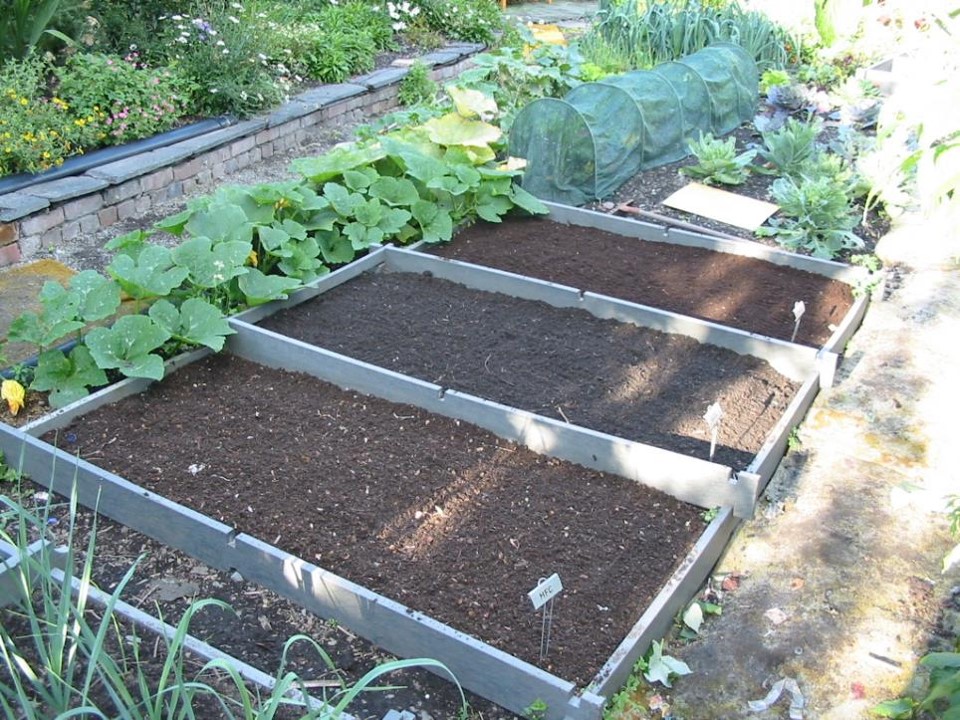Workshops
‘Workshops’ are hands-on, interactive demonstration and training sessions, mostly out of doors. They usually last a morning or afternoon, but could be less, or all day.
They are largely based on my hobbies.
I enjoy them.
All necessary equipment is provided.
Wild-food Foraging at certain times of year (spring/autumn).
Sessions can be from one hour to one day.
They might be followed by preparation and cooking sessions.
Wild foods prepared as tempura, steamed greens and salads
Includes edible leaves, flowers, fruits and berries, nuts, roots, stems, seeds. Preparation methods include soups, salads, tempura, rissoles, sauces, steaming, roasting, dehydration, juicing.
The common figwort Scrophularia nodosa. The ‘nodosa’ bit refers to its knobbly roots that to the medieval imagination looked a bit like piles. ‘'Figs’ was the polite term for piles, hence the common name of the plant.
British Wildflower Identification at certain times of year (Late March-Late October).
Most people know only a few of our native flowering plants.
A session usually finds 50 different species, each with its own lore, properties, history and family connections.
Using x10 illuminated hand-lenses adds a new and entirely unexpected dimension.
The Night Sky (usually summer or it’s too cold, minimum cloud cover).
Typical view of the moon through the telescope, showing the ‘terminator’, where craters show up with sharp shadows.
Naked-eye tour of the major constellations, the bright stars, the milky way, the neighbouring (Andromeda) galaxy, the plane of the ecliptic and visible planets.
How it all works. An Orrery in the head. Lots of stories.
Telescope views of the moon and planets. The rugged craters and mountains along the ‘terminator’ between night and day. Venus as a crescent. Jupiter and its four ‘Galilean’ moons. The rings of Saturn.
Compost Making on a small scale.
This is a system I used to compare the qualities of different composts. Each bed has a different compost, and I would simply plant rows across all three beds and observe (and measure) the results.
A variety of different methods including very easy feed-’n-forget systems. Ever so fast and ever so slow methods. Mostly based on abundant waste materials from households.
Based on experience and hands-on-science
Best ways of using the compost for vegetables.
The World of the Slightly Small.
This is a greenfly trying to shed its old skin and getting a bit stuck. Part of a movie taken with a digital camera. The green blob on its hind leg is probably haemolymph — insect blood — oozing out. Poor little thing!
Using x10 to x20 hand lenses to look at parts of the everyday world magnified ten times. We are not talking bacteria or cells, but small objects and creatures that appear completely different under the lens. At this magnification you can see a lot of action, alien landscapes on twigs, pollen beetles behaving like kids in snow, weird creatures of the compost heap, aphids being born and eaten by predators, the entire life-cycle of the dock-beetle. We are even able to make short videos with the aid of a digital microscope.
Hidden in Plain Sight
Wild flowers are rather seasonal, but non-flowering ‘plants’ like lichens, mosses and many ferns are present all the year round. They are usually small and often disregarded, hence the title ‘Hidden in Plain Sight’. All it needs is a hand-lens and you’re off. Astonishing. Recently (in the ‘20s) I have been doing more workshops on lichens, amazingly diverse and ancient, each with its own community of grazers, parasites, commensals and symbionts. Lichens are good indicators of air quality and of biodiversity in general, so these workshops are more than just stamp-collecting.
The common silver-tipped woodland moss Brachythecium rutabulum in The Batters nature reserve, Corsham
This lovely old bench in a Corsham garden shows fine specimens of the apple-green lichen Flavoparmelia caperata
If Trees Could Speak
This is a multi-media event incorporating many features of other workshops. It tells the stories of the trees in the garden of Corsham Court in Wiltshire, using wooden artefacts, wooden musical instruments, tree-related foods, and spoken poetry in several languages. Participants can learn to make wattle-and-daub walls, to use a froe, and how to use a jeweller’s loupe to explore micro-habitats.
An account of the 2021 event can be found here:
If Trees Could Speak doc 2022
Henbedr-y-Coed, Old Peter of the Woods, leads the workshop









